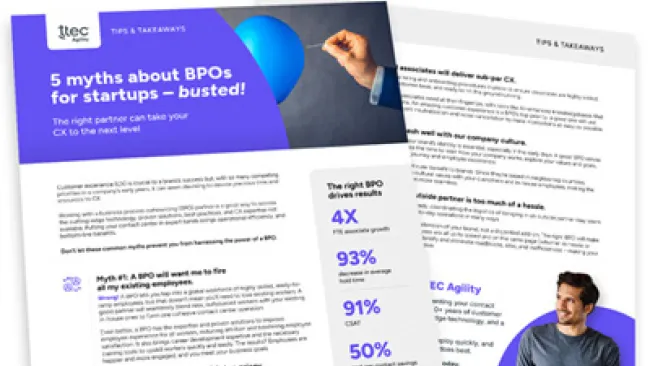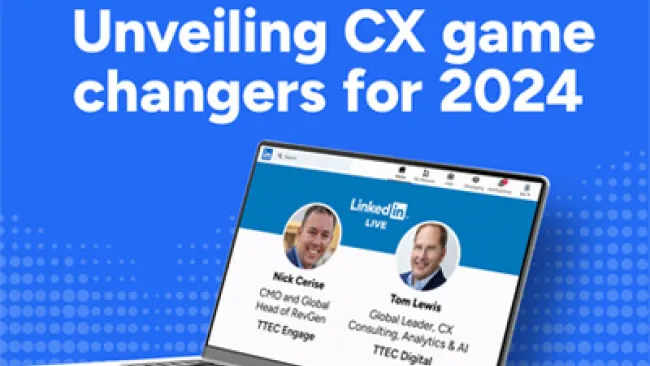In the past, client sales strategy was straightforward: Companies tailored their value propositions according to the needs of a target market. But it’s not so simple anymore. Buyers today engage with brands across multiple channels and devices, and expect companies to meet their individual needs.
Companies know they need to connect with buyers via contextually relevant content, but are challenged by the complexity and diversity of buyers and stymied by organizational silos. Here, we look at examples and key takeaways from companies that are adapting to these changes with new go-to-market strategies.
HP gives itself a makeover
Hewlett-Packard recently became two separate entities: Hewlett-Packard Enterprise (HPE), which focuses on enterprise solutions and service businesses, and HP Inc., which houses the company’s traditional hardware business, including personal computers and printers.
The plan to split the organization “provides each new company with the focus, financial resources, and flexibility to adapt quickly to market and customer dynamics while generating long-term value for shareholders,” Hewlett-Packard maintained in a press release.
While there’s bound to be some overlap in the sales and marketing strategies of both businesses, it makes sense to have one company take the lead with enterprise customers, allowing HP Inc. to focus on innovations surrounding its printing hardware and other consumer-focused lines. Each customer base has different needs and expectations.
However, it remains to be seen if these changes will be enough to keep both companies afloat. For instance, in their first quarters as separate companies, HPE reported a better-than-expected quarterly revenue and profit, while HP Inc. reported a nearly 12 percent decrease in quarterly revenue, as it struggles with a shrinking market for PCs and printers.
Divvying up a company’s resources to better focus on specific target markets is a logical step, but external forces, such as the slowing demand for PCs and printers in HP Inc.’s case, could undermine efforts to drive deeper profits.
Salesforce goes after CEOs
During the Q4 earnings call in February, Salesforce CEO Marc Benioff spoke of a developing trend in which CEOs are playing a more active role in making technology buying decisions, which has affected his company’s sales strategy. Benioff said CEOs today are increasingly acting as de facto chief digital officers (CDOs).
Salesforce COO Keith Block echoed Benioff’s observation, noting that, "in the last three weeks, I've had more conversations with CEOs around transformation than in my entire career over 30 years."
By going directly to the CEO, Benioff and Block said, Salesforce increased its chances of selling its software, in addition to closing larger-than-average deals. "This is the absolute best quarter we've ever had," Benioff said.
Salesforce’s results are just one example of the benefits of keeping track of who the decision makers are and tailoring your go-to-market strategies accordingly.
Uber—email is dead
Recently Uber announced that it is replacing its email support service with in-app features. In a blog post, Uber explains that the decision to phase out its email support is the result of its rapid global expansion and a desire to make it easier to report problems. Customer service via email doesn't work well in countries with limited email adoption, like India and Indonesia. Also, sending an email to complain about a trip can be cumbersome and redundant, Uber says.
This is just the tip of the iceberg. Uber is on a quest to get personal and connect with consumers in real time. Uber wants to develop a personal relationship with all consumers and realized that email support is taking away from the brand/customer experience. Instead, it creates unnecessary, non-personalized, templated engagement with Uber riders.
As companies widen their nets to find the right target market, expect to see them making a similar shift to Uber. Many will also integrate their support channels with social experiences from Facebook, Snapchat, Twitter, Instagram, and other platforms. Upon completion, further segmentation will come into focus. Then companies can develop their go-to-market strategies based on their prospects’ channel and device usage with more precision.
The bottom line is that companies are not only judged by the quality of a service or product, but also by their ability to understand the buyer’s preferences and specific needs.
Also, check out the most recent issue of our eNewsletter.
Three Trends Transforming Companies’ Go-to-Market Strategies















